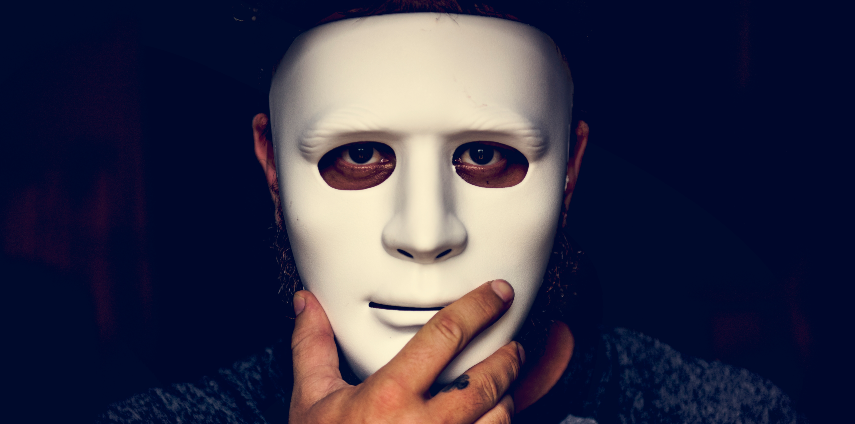Deepfake app Zao goes viral raising new privacy fears

A new deepfake-style face-swapping app began trending on social media recently, topping app store charts and becoming an overnight sensation
The rise of deepfakes is uncontrollable. It is now seen as a natural progression from the early days of photo manipulation, brought forth first by ingenious camera trickery with the advent of photography, to more contemporary means like Photoshop.
Now the technology behind it is smarter than ever but, perhaps most shockingly of all, it’s quick and cheap: or in this case, free.
Zao launches to immediate fanfare but raises deepfake concerns
Zao, a “face-swapping” application made by Momo, the developer of popular Chinese dating app Tantan, started to gain traction earlier this month, prompting fears from some tech companies over its ability to fool facial-recognition systems.
The app is simple really; in less than a few clicks, a user can upload a few selfies, performing basic facial movements for the AI to track, which then convincingly superimposes their face on actors in pre-selected scenes from popular films and television series.
Twitter user Allan Xia, an artist and game developer, shared his creations on the social network. One video in particular grabbed all the attention. Xia put himself in various scenes from Leonardo Di Caprio’s back catalogue, and the end result is rather eerie.

He said in a tweet: “Best application of ‘Deepfake’-style AI facial replacement I’ve ever seen.”
In case you haven’t heard, #ZAO is a Chinese app which completely blew up since Friday. Best application of ‘Deepfake’-style AI facial replacement I’ve ever seen.
— Allan Xia (@AllanXia) 1 September 2019
Here’s an example of me as DiCaprio (generated in under 8 secs from that one photo in the thumbnail) 🤯 pic.twitter.com/1RpnJJ3wgT
The twitter user, whose video has gone on to garner over 2.5 million views, went on to offer his thoughts on the future of deepfakes and AI.
“I can totally see this being applied in Films/TV,” he said, going on to ruminate on the possibility of starring in blockbuster films without ever leaving the sofa.
Imagine switching on your television, loading Netflix, pressing a button and becoming one of the actors on screen for the duration of the show. Perhaps as deepfake technology improves – and at some rate of knots, too – the idea is not as far-flung as it sounds. It could come sooner than we think.
Xia also uploaded a clip of himself, talking to himself, taking on the roles of John Snow and Samwell Tarly in HBO’s hugely popular series Game of Thrones.
Here’s for Asian representation in Hollywood 😂 #ZAO #AI #Deepfake pic.twitter.com/qrSs3VajfL
— Allan Xia (@AllanXia) 1 September 2019
Privacy fears and misinformation
Zao immediately sparked a row over its less-than-transparent privacy policy, which initially afforded the app makers “free, irrevocable, permanent, transferable, and relicenseable” rights to all user-generated content. The company addressed the concerns a few days after launch.
In a statement, Zao said: “We understand the concerns about privacy. We’ve received the feedback, and will fix the issues that we didn’t take into consideration, which will take some time.”
The potential for misuse, as with anything digital, is a cause for concern. Many foresee deepfakes being used to defame individuals, spread misinformation or swing an election – something which lawmakers the world over have implored the social network giants to tackle head-on.
In actuality, they’re already being used for unlawful means. Recently, a deepfake speech-synthesis AI was used to fool a CEO into transferring €220 million to fraudsters, and face-swapping pornography is rife on the internet.
With both video and speech deepfakes converging, we could be on the precipice of an insurmountable challenge, one which needs to be addressed sooner rather than later before this runaway technology becomes indistinguishable from reality.